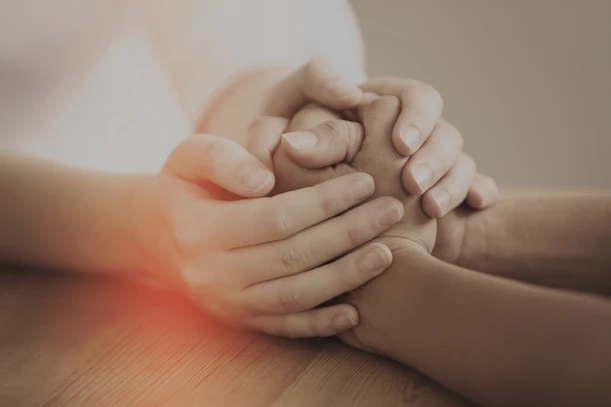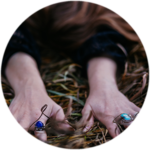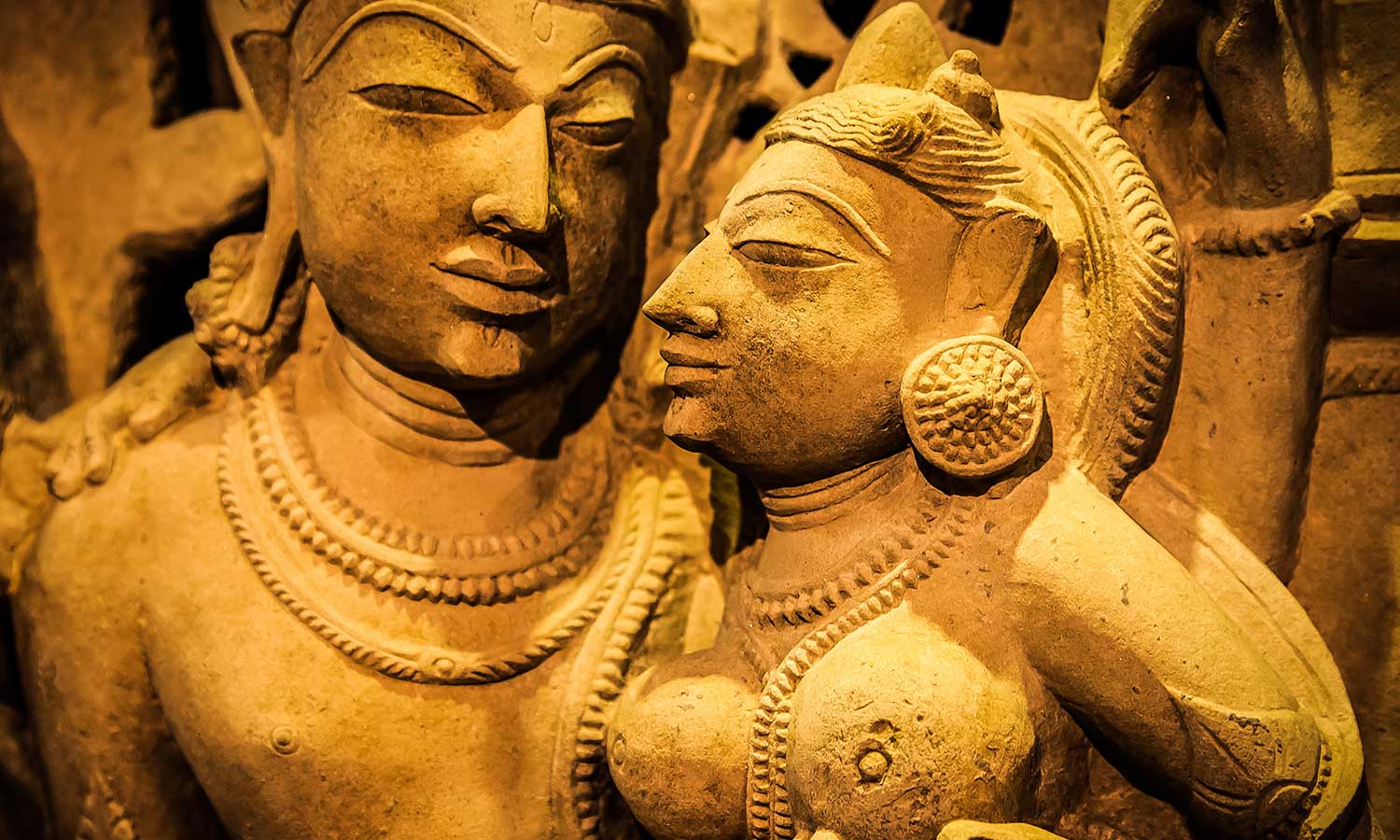When I was in the Diagnosis course in grad school, I remember how excited I was to finally get my hands on the DSM (Diagnostic and Statistical Manual of Mental Health Disorders, basically the mental health diagnosis bible). I could finally dive into the world of mental illness and have the tools and training to properly diagnose someone. And I did just that. I diagnosed myself, my partner, my dad, my neighbor, the check-out lady at the grocery store. No one appreciated this approach because let’s face it. No one likes to be told there’s something wrong with them.
Looking back, I was excited and naive to the clinical/medical model of mental health. How could I get a list of suffering from someone and then label them as sick and focus on masking those “symptoms?” It didn’t vibe with me. This approach to people and the human experience was definitely not in alignment with my true Self.
So once I graduated, I began researching holistic therapy and even found 1 (seriously only 1) therapist, who lived within close proximity to me, who identified as a holistic therapist. I met with her and really clicked with her approach, though I was still seeking my own.
The reading material on holistic counseling for professionals is truly scarce so I continued exploring what my true Self was calling for. A more gentle, accepting, nurturing, feminine approach to counseling. Let me share with you key aspects to holistic therapy that guide my practice and approach to holding the space for others.
Therapy is definitely not one size fits all. And there’s plenty of approaches to choose from. Check out some of the differences of clinical and holistic therapy below.
Difference 1: It’s all in a name As a holistic therapist, I view the people seeking therapy as the people I’m serving. I see myself as being of service. The person seated in front of me is seeking guidance and acceptance, not judgment. This person and I collaborate to explore alternative methods of change through acceptance. The focus is not on diagnosis and treatment. From a holistic perspective, you are the expert, not the counselor. You are in partnership with the counselor. You are seeking guidance to explore yourSelf. There is no emphasis on labels and diagnosis, as this is viewed as medical. There is nothing wrong with you. That’s a big statement to swallow huh?
Imagine walking into a therapist’s office and instead of receiving treatment for your diagnosis, you are viewed and treated as whole. You are then guided to accept yourself (the super cool thing about acceptance is change comes naturally-more on that later).
Difference 2: What’s wrong vs What happened? From a holistic (and trauma focused) standpoint, I ask the question, what happened to you? What life lessons have you been taught that have led you to this moment and this struggle? Typically, the clinical perspective is more focused on asking what’s wrong with you? A lot of emphasis is placed on identifying a diagnosis and working with that diagnosis to provide treatment. Holistic counselors look at how to help the individual by identifying lessons they have learned that are blocking self acceptance and growth. Diagnosis is not emphasized, as again, there is nothing wrong with you.
Difference 3: Whole Person This is a big one. From a holistic perspective the emphasis is placed on the person as a whole and the parts that make up that wholeness, including: the physical, mental, emotional, and spiritual selves. If something is off in one part, the whole will not function as it is capable. If you are tired, you are cranky. If you don’t eat breakfast, you are hangry. Get it? It goes even deeper than that though. Some of the areas explored include diet, movement, medicine, drugs, legal drugs, sex, relationships, spirituality, thought patterns, work experience, passion, purpose, meaning, trauma, sleep, and so much more. Holistic therapists try to understand what makes a person tick and what prevents ticking. There is a lot of research on all of these topics and more and how they affect mental health and overall wellness.
Difference 4: Symptoms vs Messages Clinically, symptoms are seen as something that needs to be changed. They are what’s wrong. We feel off and we instantly seek relief because it doesn’t feel good. We just want the symptoms gone. Sound familiar? Holistically, symptoms are considered messages. What is your body/mind/heart/soul telling you? This reconnection to your Self is an integral part of therapy, so you can become your own expert by knowing and trusting in yourself, not relying on someone or something for escape. It’s not about trying to push the symptom away, rather learning to listen to and honor the message. Accept the message in order to consciously create change.
Just like therapy is not one size all, therapists are not all cut from the same cloth. If you’ve had a negative experience with a therapist, keep pursuing options. Find someone who you feel instantly at ease with. Trust that feeling. There will be little progress if there is no relationship (seriously that’s what research proves over and over again. The number 1 predictor for therapeutic progress is the relationship you have with the counselor). This approach doesn’t vibe with everyone and that’s ok. What really matters is honoring yourSelf, right where you are now. So go ahead, if you feel called, try it out. And catch my next blog on how to get the most out of therapy.
#holistictherapy #holisticapproach #diagnosis #messages #perspective #alternativeapproach








